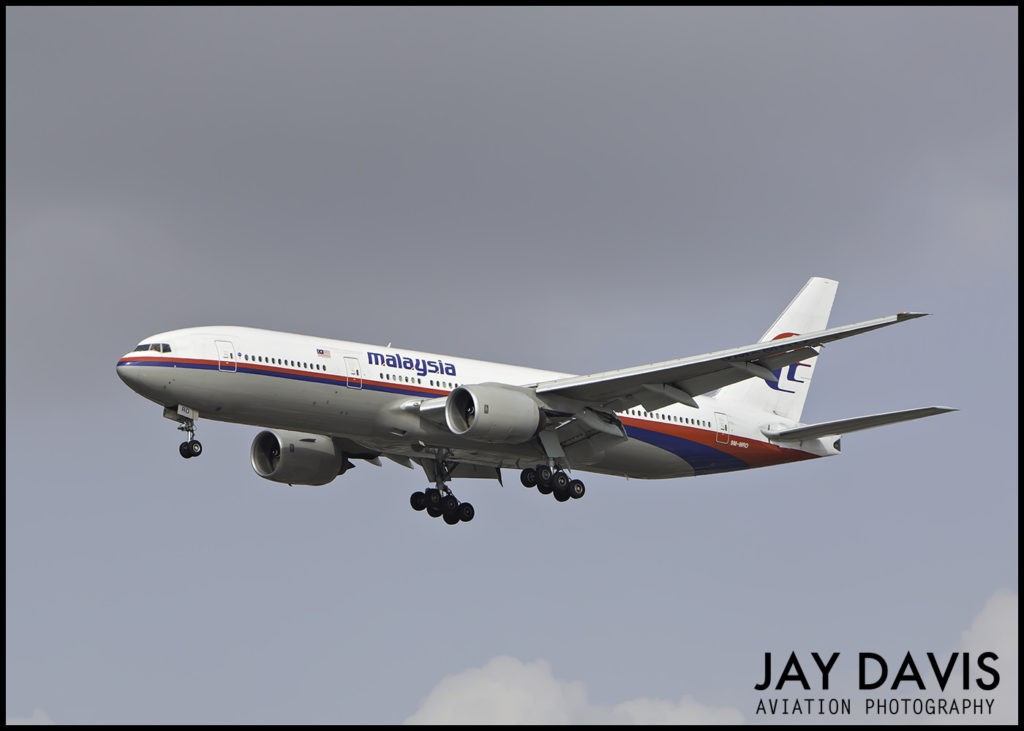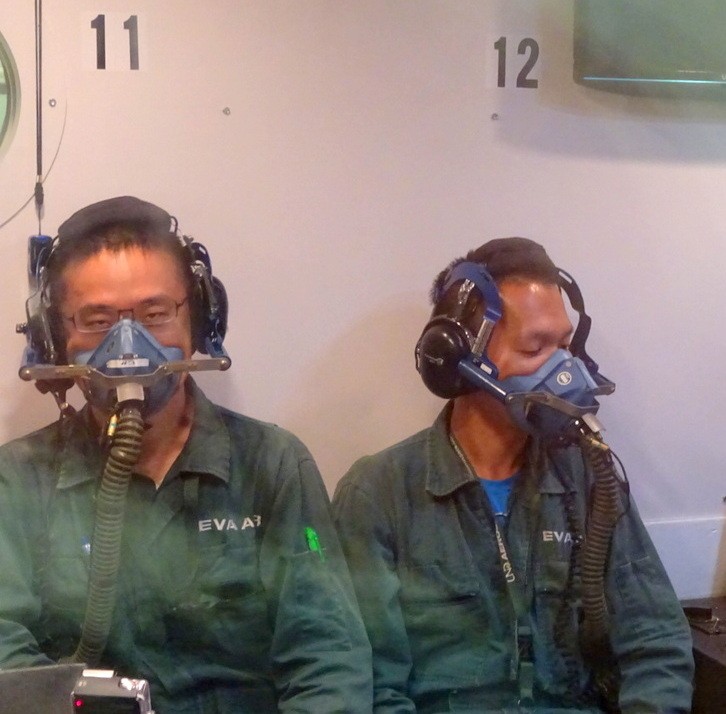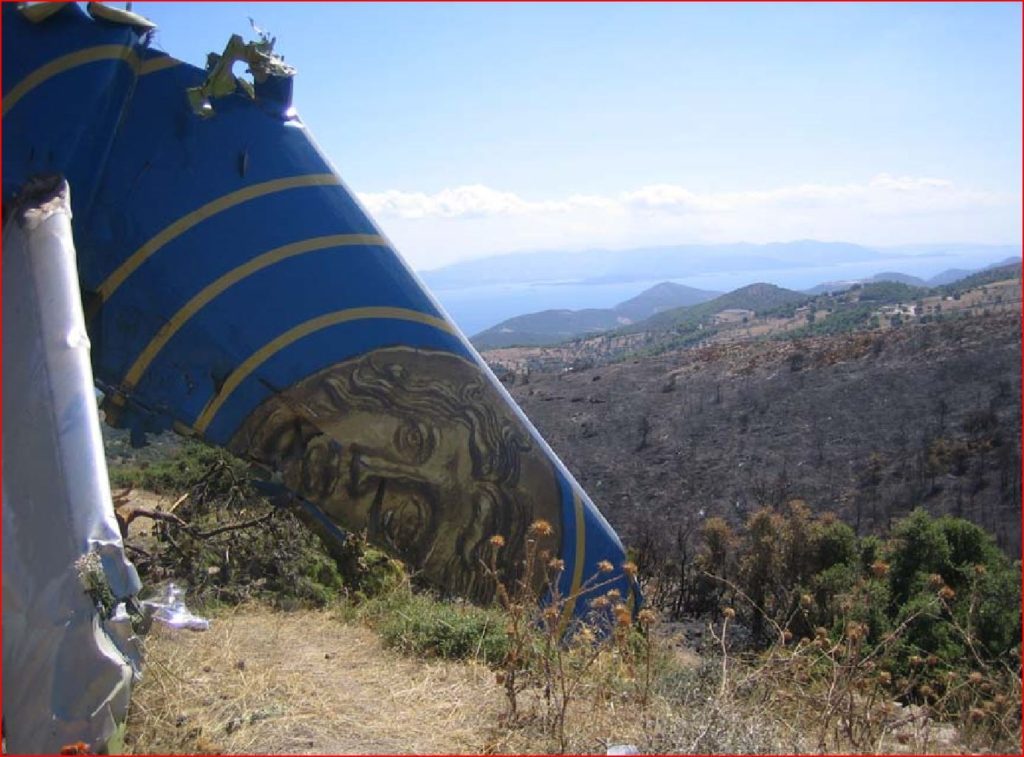
9M-MRO on a flight to Los Angeles months before it went missing
The passengers and crew of Malaysia Flight 370, which disappeared on a flight from Kuala Lumpur to Beijing three years ago today, were lulled into a blissful sleep leading to a “happy death” long before the airplane crashed into the sea. That’s the conclusion we must draw if the Boeing 777 was lost, as I speculate it was, due to the incapacitation of the pilots in a depressurization of the aircraft. After that, the plane flew on its last heading until running out of fuel somewhere in the South Indian Ocean. Flight MH370 was a ghost flight.
As I write in my book, The Crash Detectives, the airplane was flying at 35 thousand feet when a sudden and rapid loss of pressure occurred on the plane. For reasons discussed in the book, the captain was probably not on the flight deck at the time. At that altitude, the co-pilot has just seconds to act.
Trembling of the extremities is one of the first symptoms of sudden onset of hypoxia. So when the first officer reached to the airplane’s transponder, intending to tune the frequency to the emergency code, those spasms in his arms led him to inadvertently turn the dial to standby. He is not aware but he has severed the only means air traffic control has to identify the blips on their screens as the plane flying as MH 370.
Now, as his condition deteriorates even further, the pilot puts on his emergency mask and turns the airplane back towards Kuala Lumpur. Here he encounters the 2nd failure; the mask is not providing him with 100% oxygen under pressure so he is not regaining his mental acuity. He is suffering from insidious hypoxia. Revived enough to make decisions, addled enough to not realize he is doing the wrong things he never begins a descent to an altitude where the occupants of the airplane can survive without supplemental oxygen.
Instead, still at cruise altitude, he flies west, then north, then south until he passes out and the plane continues on the last heading until running out of fuel. We may never know where the plane ended up. But from the time of the turn back we can know that the pilot’s actions defied logic and therefore he must have been mentally incapable of thinking clearly.
First officer Fariq Abdul Hamid and Captain Zaharie were victims of hypoxia as was everyone else on the airplane. The comfort to the families of travelers on MH370 is that their loved ones did not die a terrifying death. Oxygen starvation creates such a comforting sense of bliss, it is sometimes called “the happy death”.

EVA Air pilot cadets get hypoxia training in Arizona.
My theory is just a theory obviously but the fact that it could have happened should be a call for aviation safety authorities to consider if hypoxia training is sufficient. After the loss of 121 people on Helios Flight 522 in 2005, the Greek safety board did suggest all airline pilots be given training in an altitude chamber. There was little action on the recommendation.
But even without subjecting pilots to a hypobaric session, wouldn’t the loss of as many as 400 people in hypoxia-induced disasters over the past two decades signal it is time for more training about this very real risk?
I envision depressurization training for mechanics and ground handlers whose contact with the airplane can cause weaknesses in the structure as seen in the terrifying rip that occurred on an Alaska Airlines Boeing 737 flying at 26 thousand feet in 2005. The rupture was the result of the plane having been hit by a luggage-loader belt truck shortly before departing Seattle.
Based on my frequent conversations with airline pilots I see a need for more regular discussion about the immediacy of the “mask-on and descend” response to any cabin altitude warning.
In all this, however, the flight attendant’s role seems to have been overlooked. As the hands-on safety officers, the cabin crew should be trained to respond right away if they do not feel the plane begin to descend shortly after the masks deploy.

Tail assembly of Helios Flight 527 rests on a hillside. Photo of the Air Accident Investigation and Aviation Safety Board
The harrowing end to the Helios Flight 522 story is that when the masks dropped and the pilots were overcome by oxygen starvation, flight attendant Andreas Prodromou, kept himself alive for 2 hours using flight crew oxygen bottles. Only then did he enter the cockpit. With just minutes left in the fuel supply, the engines soon stopped and the plane crashed.
We will never know if Prodromou, who was also a student pilot, might saved the day had he acted sooner.
Malaysia 370 is the most recent reminder of what can happen when the industry fails to appreciate the risks of flying in thin air. Even without knowing for sure if it is what caused the disappearance of the Malaysia flight, the fact that it could have happened should be enough to remind aviation workers on the ground and in the air that they stand between flyers and the happy death.

Author of The New York Times bestseller, The Crash Detectives, I am also a journalist, public speaker and broadcaster specializing in aviation and travel.








